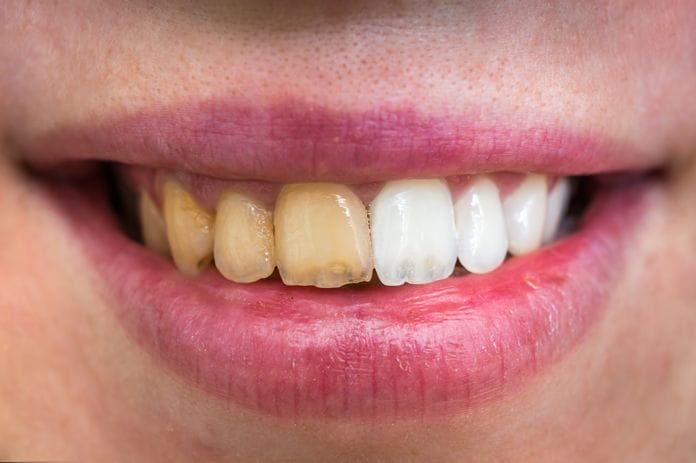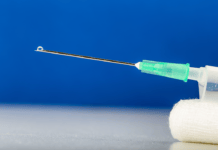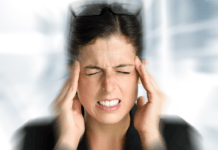I have had several patients in the past who come in the office with severe stain from wine and coffee. I usually try to anesthetize these patients for comfort and use the ultrasonic, polish, and air polish, but it doesn’t remove all the stain in the time allotted. What can I recommend to these patients to use at home to maintain their smile stain-free and keep their teeth whiter? They do come at 2-3 month intervals.
The notorious stain! Tightening up their recall schedule is a great first step. It’s important the patients are doing all that they can at home; brushing at least twice per day, with an electric toothbrush with the correct technique. If you haven’t already gone over brushing technique with these patients, and maybe even have them show you how they brush, it’s worth doing. Make sure these patients are also changing their toothbrush (or replacement head) regularly, otherwise, they are just pushing paste around instead of removing plaque and stain. Brushing before coffee or wine may help too because without plaque for the stain to “stick” to, staining might be lessened.
Having the patients use toothpaste such as Colgate Optic White, Colgate Total Whitening, or Arm and Hammer Baking Soda and Peroxide, can help too. It might be a good idea for these patients to steer clear of toothpaste with stannous fluoride due to the possibility of staining they can cause. They should also stay away from mouth rinses that are known to potentially cause stain, those containing cetylpyridinium chloride. Of course, avoiding these products shouldn’t be recommended if the benefits of use outweigh the risk of stain. Patients can also whiten their teeth with custom trays to break up the stain chemically. It doesn’t even need to be for a full two weeks, just for a few days here and there. With this, you need to be careful that patients aren’t “over-whitening” so be really careful recommending this option.
You mentioned you were air polishing; if you are using glycine or a smaller particle size powder, it might be worth trying sodium bicarbonate, as it is about four times larger in particle size and might do better on heavy stain. Of course, this is if the patients have no contraindications for the use of sodium bicarbonate; such as a sodium-restricted diet, renal disease, hypertension, exposed dentin, implants or restorative work that could be scratched. Also, make sure your instruments are sharp, so you aren’t just smudging the stain around, but instead removing it more effectively, after air polishing and/or ultrasonic use. Use the card your ultrasonic inserts came with to check if the inserts are overly worn and need replacing as well. You can also mix a little hydrogen peroxide in with your prophy paste and try polishing with it to break up stain. If you are using coarse grit prophy paste, be sure to follow it up by using fine grit paste (selective polishing). This method leads to a smoother enamel surface, which lessens surface abrasion, so stain won’t develop as quickly (less surface area for stain to adhere to if there’s less abrasion).
Lastly, if you aren’t getting enough time to provide thorough treatment, it may be a concern you want to address with the doctor. Either you need to be given more time with these patients, or the patients need to come back for another appointment. Having more time is ideal as patients don’t like coming back and having them come back uses up chair time which equals loss of production for the office (unless you charge, which again, patients won’t necessarily like).
I hope this gives you a few more tools in your tool belt!












